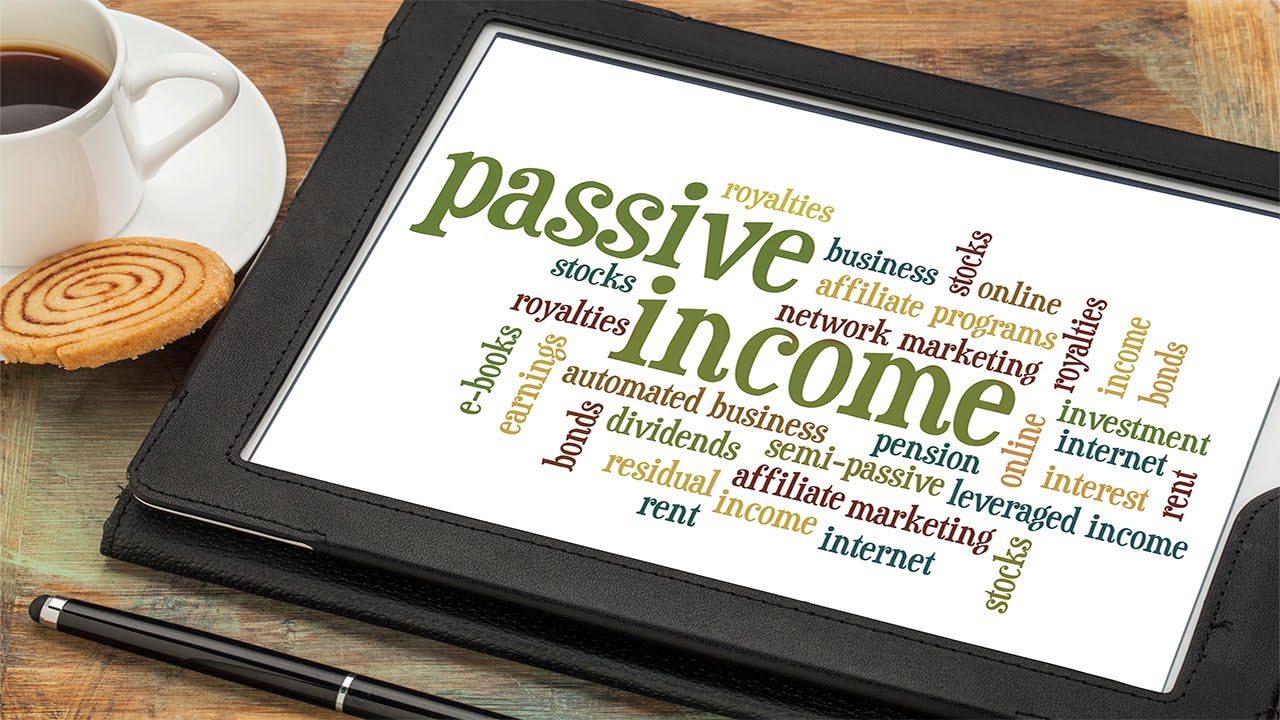
We live in a world where technology has pervaded every centimetre of our lives. But in spite of being surrounded by a plethora of digital assistants, most of us fail to get the most out of them be it from our smartphones or the CMMS systems in our businesses.
Most modern businesses have some sort of CMMS software deployed in their organisations. Afterall, having a CMMS software suite is vital to increasing productivity as well as decreasing expenses. Despite that, many companies fail to see expected results and aren’t able to expand their profit margins in spite of having a CMMS system on board.
What are they doing wrong?
Well to put it very simply, there are 3 key points where companies lose out on getting the maximum possible ROI over their CMMS investment. And yes while we do admit there are some CMMS systems that might be a tad bulky and cumbersome to use, there are plenty of agile and mobile CMMS systems on the market- so if these tips prove to be too hard to implement on your current CMMS, a change might be in order.
1. Getting the Most Out of your Assets
One of the main features of a CMMS system is the preventive maintenance measures that are built into the software suite so that you can get the most out of your assets by scheduling regular maintenance runs. However, this is one feature that is often the most underused by maintenance managers as it is a common site to see only a part of the assets being documented on the system.
This is one of the areas where companies can see the most improvements as it has been noticed that the life of an asset is directly correlated to the number of assets that have been entered into the system. This is because the better the system understands the assets and their frequency and requirement on the production line, the better the automation software can predict breakdowns and thus schedule maintenances in advance which in turn significantly prolongs the life of the asset.
2. Automating the Order and Inventory Process
Nothing hurts a business more than having downtimes and while downtimes due to mechanical failures are unavoidable, stopping production or causing a major disruption in the manufacturing process due to lack of inventory is something that hurts a business big time. However, with the presence of a CMMS system, this is completely avoidable as it is possible to customise the software and set it up in such a way that it monitors inventory and is able to place orders automatically to keep the business running smoothly at all times.

CMMS Software can also handle other order related procedures by streamlining them so that managers can easily track and dispatch orders from within the system.
3. Leveraging Metrics For Better Decision Making
Having a CMMS is like getting a bird’s eye view of the entire company’s numbers beginning from failure rates in assets, to employee work hours, inventory, orders and a whole lot more. With all this data present in the system, it becomes easy to actually measure ROI by pulling key performance index stats from these data points and then highlighting them over a period of time.
Not only does this provide numerous valuable metrics with actionable insights, it allows the managers to understand where the business is surging and identify where the points of weakness are. In order to make an informed decision these metrics are key factors and this is why a well configured CMMS software is often similar to a great leader inside a company.


![15 Best Affiliate Recruitment Software Tools [2025 Update] - 15 Best Affiliate Recruitment Software Tools [2025 Update] -](https://www.toptut.com/wp-content/uploads/2024/01/affiliate-recruitment-software-1.png)







Thansk for the article about CMMS. I know a few one since I’m a maintenance manager, and know in my company we use Mobility Work ( https://www.mobility-work.com/cmms-software ). Next step to us will be to connect it to our ERP SAP and get machine learning.